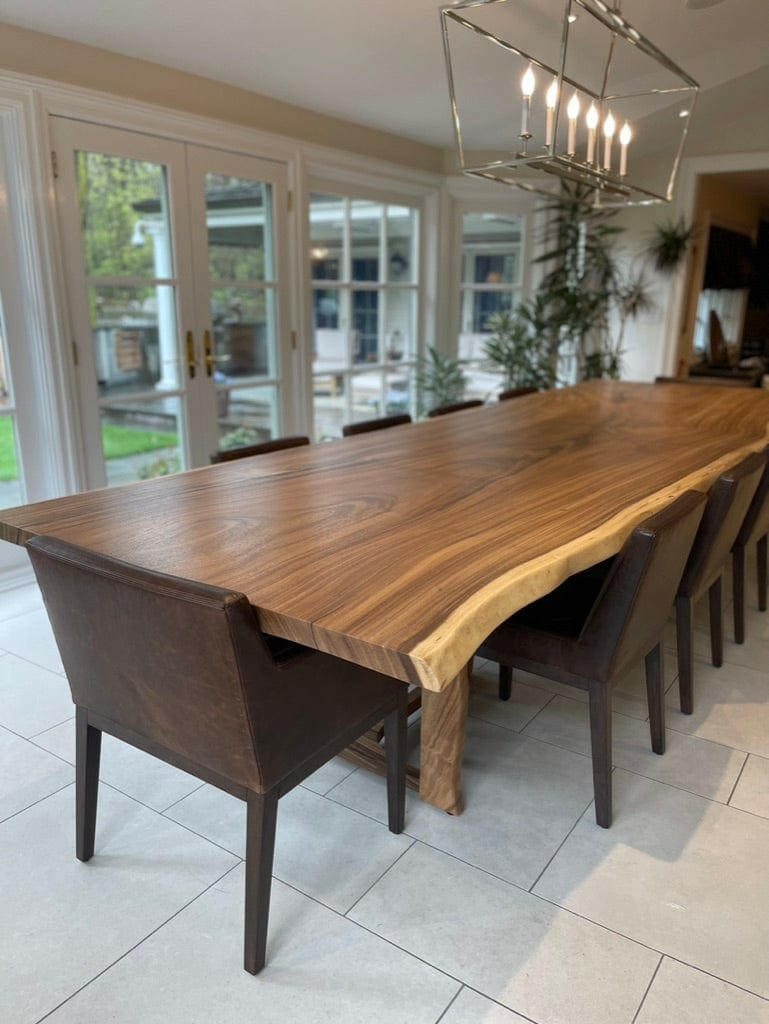A Thorough Take A Look At Table Leg Styles: Finding the Perfect Suit
Selecting the ideal dining table leg style is crucial for both aesthetic allure and useful capability. For those with larger tables, trestle legs make sure durable assistance, whereas barrette legs introduce a mid-century modern-day ambiance with their minimalist style. The x-shaped legs mix contemporary design with boosted stability.
Conventional 4 Legs
Amongst the numerous kinds of table leg styles, the traditional four-leg design stays a classic selection for many homes. This traditional setup uses an unified mix of capability and looks, making it a seasonal fave. 4 legs give well balanced assistance, ensuring the table remains stable and with the ability of bearing considerable weight. This is especially beneficial for families that often hold big events or utilize their dining table for multiple purposes, such as work or crafting.
From a visual point of view, the conventional four-leg design can be easily adjusted to different interior designs. Whether crafted from timber, metal, or a mix of products, these legs can be intricately sculpted, streamlined and minimalistic, or anything in between. Their adaptability allows them to enhance both rustic and modern settings seamlessly.
In addition, the uncomplicated structure of the four-leg layout promotes simplicity of movement and positioning within a room. Unlike even more complicated bases, this design lessens obstructions, giving adequate legroom for diners. In recap, the traditional four-leg table leg style weds enduring style with functional functionality, making it a sharp choice for those seeking both kind and feature in their eating furnishings.
Pedestal Base
Commonly commemorated for its elegant and space-efficient design, the pedestal base is a recognized choice to the traditional four-leg configuration in dining table leg designs. Without edge legs, restaurants are managed better freedom of movement, making it an optimal option for round and oblong tables that advertise even more intimate and comprehensive celebrations.
In addition, the stand base's main assistance can deal with significant weight, permitting for the usage of larger table tops, such as marble or thick wood. This toughness paired with its visual convenience makes the stand base a popular selection in both traditional and modern indoor setups. It can perfectly integrate with various design themes, from timeless style to minimal modernity. The central column itself offers a canvas for detailed styles and creative expressions, adding a component of aesthetic rate of interest underneath the table. In summary, the pedestal base combines performance snappy, making it a fine-tuned and functional choice for diverse eating atmospheres.
Trestle Legs
Trestle legs provide a robust and ageless foundation for eating tables, defined by their horizontal cross-bracing and sturdy assistance beams. Stemming from medieval times, this layout has advanced yet maintained its vital framework, making it a perennial fave in both conventional and modern settings. The main trestle beam, commonly supported by 2 or even more vertical articles, offers phenomenal stability, permitting for larger table lengths without the demand for additional legs.
A substantial benefit of trestle leg tables is the sufficient legroom they supply. Unlike tables with four corner legs, the lack of blockages at the table's find out edges offers unblocked space for chairs and diners, improving convenience and ease of access. This makes trestle tables suitable for accommodating larger events, whether in an eating area or a banquet hall.
The aesthetic adaptability of trestle legs is significant. Readily available in a variety of materials such as wood, metal, and composite, they can be completed to enhance a wide variety of interior designs. From rustic farmhouse to streamlined modern-day layouts, trestle legs can be customized to suit individual tastes. Their long-lasting charm and useful advantages make trestle legs an engaging selection for those seeking both style and practicality in their dining table.
Barrette Legs

The allure of hairpin legs exists in their simpleness and flexibility - dining room table legs. Readily available in a range of materials, consisting of steel and brass, they can be ended up in various colors to enhance different interior styles. Whether combined with a rustic wooden table top or a modern glass surface, hairpin legs effortlessly mix capability with a touch of vintage charm
Toughness is an additional noteworthy function of barrette legs. Regardless of their fragile look, these legs are engineered to bear substantial weight, making sure the table continues to be secure and secure. Additionally, they are fairly simple to set up, making them a preferred option for do it yourself enthusiasts and professional furniture makers alike.
X-Shaped Legs

Built from products such as steel, timber, or a combination of both, X-shaped legs can be customized to match various style choices. Steel legs typically offer a sleek and commercial feeling, ideal for loft-style homes and contemporary eating rooms. On the other hand, wood X-shaped legs supply a warmer, more rustic charm, ideal for farmhouse or eclectic interiors. The adaptability in products allows house owners to tailor their table to better fit their general style system.
In addition, the design behind X-shaped legs makes certain even weight distribution, reducing here the risk of wobbling and improving toughness. This makes them specifically fit for bigger eating tables that call for added assistance. In significance, X-shaped legs mix functional design with contemporary aesthetics, making them a timeless choice for varied eating settings.
Verdict
A thorough understanding of table leg styles exposes the distinct characteristics and benefits of each layout. Typical 4 legs use security and timeless appeal, while stand bases give legroom and a structured appearance. Trestle legs make sure robust support for bigger tables, and barrette legs introduce a mid-century modern visual. X-shaped legs incorporate modern design with enhanced security. visit this web-site Choosing the suitable leg design makes sure both practical and aesthetic satisfaction in any kind of dining space.